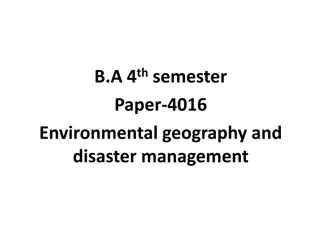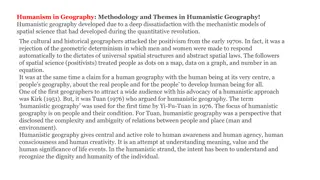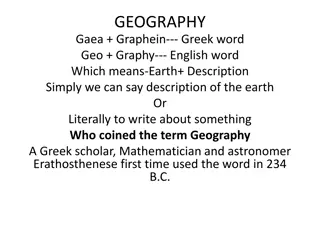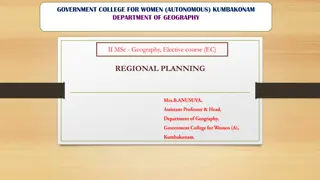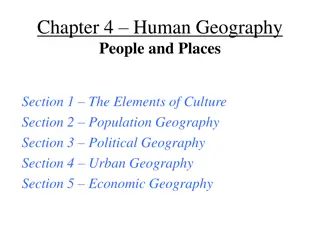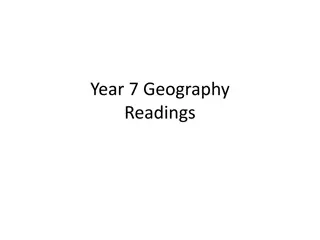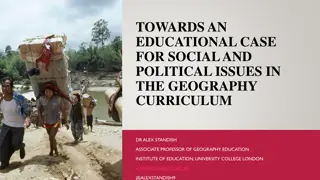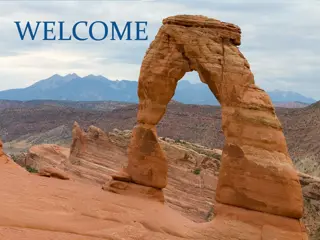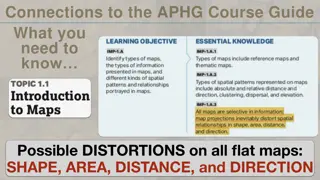Human Geography and Social Structures
Explore the distinctions between rural and urban living, social classes including Upper Class, Middle Class, Working Class, Peasants, and Lower Class. Learn about social mobility and how people in different classes lead their lives.
Download Presentation

Please find below an Image/Link to download the presentation.
The content on the website is provided AS IS for your information and personal use only. It may not be sold, licensed, or shared on other websites without obtaining consent from the author.If you encounter any issues during the download, it is possible that the publisher has removed the file from their server.
You are allowed to download the files provided on this website for personal or commercial use, subject to the condition that they are used lawfully. All files are the property of their respective owners.
The content on the website is provided AS IS for your information and personal use only. It may not be sold, licensed, or shared on other websites without obtaining consent from the author.
E N D
Presentation Transcript
HOW PEOPLE LIVE? RURAL OR URBAN? Rural the countryside. These people generally work as farmers, livestock herders, or village craftsmen. Usually maintain traditional ways. Urban referring to cities. Usually have advance technology, have roads, bridges, and large buildings.
SOCIAL STRUCTURE People who share similar wealth, power, and prestige belong to the same social class. Social Mobility - Refers to the ease of moving from one social class to another. You will fill out your social structure diagram based on the following slides.
SOCIAL STRUCTURE Upper Class earns or inherits wealth. Owns a large share of property in society. Lives a luxurious life. Middle Class intermediate group of educated and mostly successful people. Managers, professionals, shopkeepers, and business owners. Working Class Composed manual workers who work in factories, mining, or transportation, or work as independent crafstmen. Peasants Farm workers or owners of small farms mainly engaged in subsistence farming (growing enough food for their family). Have little education and limited experience of the world outside their own villages. Lower Class often uneducated and unskilled. Take least desirable and worst paying job.
UPPER CLASS Upper Class earns or inherits wealth. Owns a large share of property in society. Lives a luxurious life.
MIDDLE CLASS Middle Class intermediate group of educated and mostly successful people. Managers, professionals, shopkeepers, and business owners.
WORKING CLASS Working Class Composed manual workers who work in factories, mining, or transportation, or work as independent crafstmen.
PEASANTS Peasants Farm workers or owners of small farms mainly engaged in subsistence farming (growing enough food for their family). Have little education and limited experience of the world outside their own villages.
LOWER CLASS Lower Class often uneducated and unskilled. Take least desirable and worst paying job.
SOCIAL STRUCTURE Upper Class earns or inherits wealth. Owns a large share of property in society. Lives a luxurious life. Middle Class intermediate group of educated and mostly successful people. Managers, professionals, shopkeepers, and business owners. Working Class Composed manual workers who work in factories, mining, or transportation, or work as independent crafstmen. Peasants Farm workers or owners of small farms mainly engaged in subsistence farming (growing enough food for their family). Have little education and limited experience of the world outside their own villages. Lower Class often uneducated and unskilled. Take least desirable and worst paying job.
FAMILY STRUCTURE The way a family is structured varies throughout the world. In some families the parents live with just their children and until they finish high school and then the children live on their own. In other cultures children, parents, and grandparents remain in extended families under one roof.
GENDER ROLES Roles specifically assigned to men and women. In most societies past gender roles were very restrictive. These societies gave greater opportunities to men than women. Men typically worked and appeared in public while women were expected to care for the family and perform household chores. In the early 20th century this situation began to change. Women in America and several European nations gained the right to vote. In most modern day societies men and women enjoy equal rights. They earn the same pay for the same work. However, women still remain under-represented in top jobs in government and business.
TRADITIONAL GENDER ROLES In other cultures many women still lack the same opportunities as men. Women may be required to stay at home or wear special clothing. For example, in some Islamic countries women must cover their face and body whenever they are out in public. They are not allowed to mix freely in public places (they have to be accompanied by a male when out in public), they are not allowed to drive a car, and they may even have to have permission from their husband before they leave their home. TALK WITH YOUR GROUP AND WRITE DOWN YOUR THOUGHTS ABOUT THIS! Women in these societies are striving for a greater role in government, business, and the professions. Women throughout the world are making steady progress in achieving full equality with men.
MULTICULTURAL SOCIETIES Ethnic Group a group of people with a common ancestry and a common culture, most often based on religion and language. Two basic types of societies Homogeneous society almost everyone belongs to the same ethnic group and shares the same language and traditions. Saudi Arabia and Japan are examples of homogeneous societies. Multicultural or heterogeneous contains a mix of people and cultures. The United States and Brazil are examples are multicultural and heterogeneous societies. Minorities any ethnic or religious group other than the dominant group.
MINORITIES Special Problems faced by some minorities Ethnic Prejudice Dominant group may treat minority group members as inferior. Minority group members may be denied political power. Often the dominant group uses force to keep minority groups under control. Discrimination and Exclusion In many societies, ethnic and religious minorities are denied civil and political rights. Expulsion and Genocide Sometimes actions against minority groups may be extreme. An example of this extreme behavior would be the Nazi group trying to eliminate the Jews of Europe. They murdered more than 6 million people.
CULTURAL BORROWING The adoption of one group s culture traits by another group. For example, baseball is a popular sport in Japan. The Japanese borrowed this game from the United States.
CULTURAL DIFFUSION Definition-How a culture spreads its knowledge and skills from one area to another. Merchants and traders used to be the major cause of cultural diffusion by spreading their culture when they bought and sold goods. Today, cultural diffusion occurs through radios, TV, phones, computers, and the Internet.
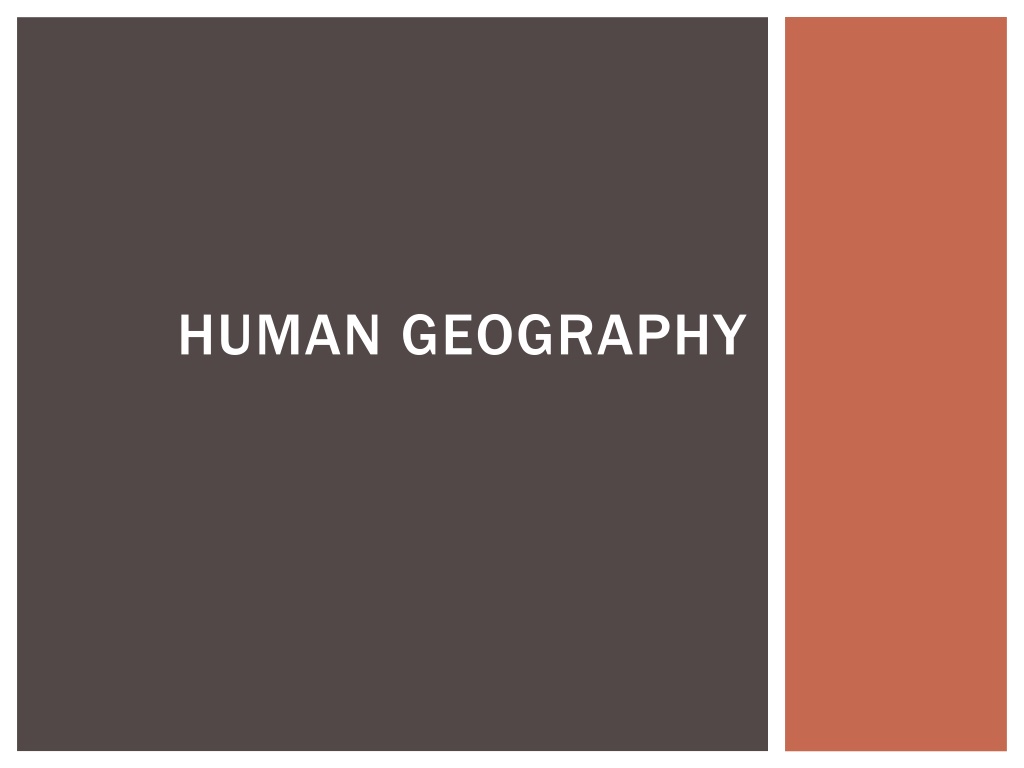
 undefined
undefined







